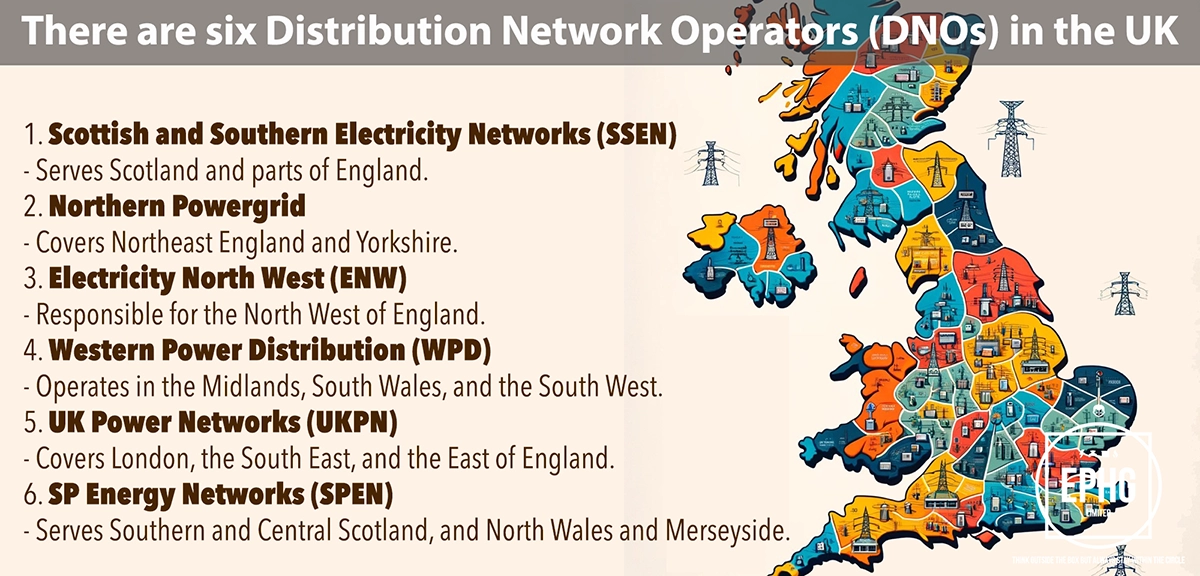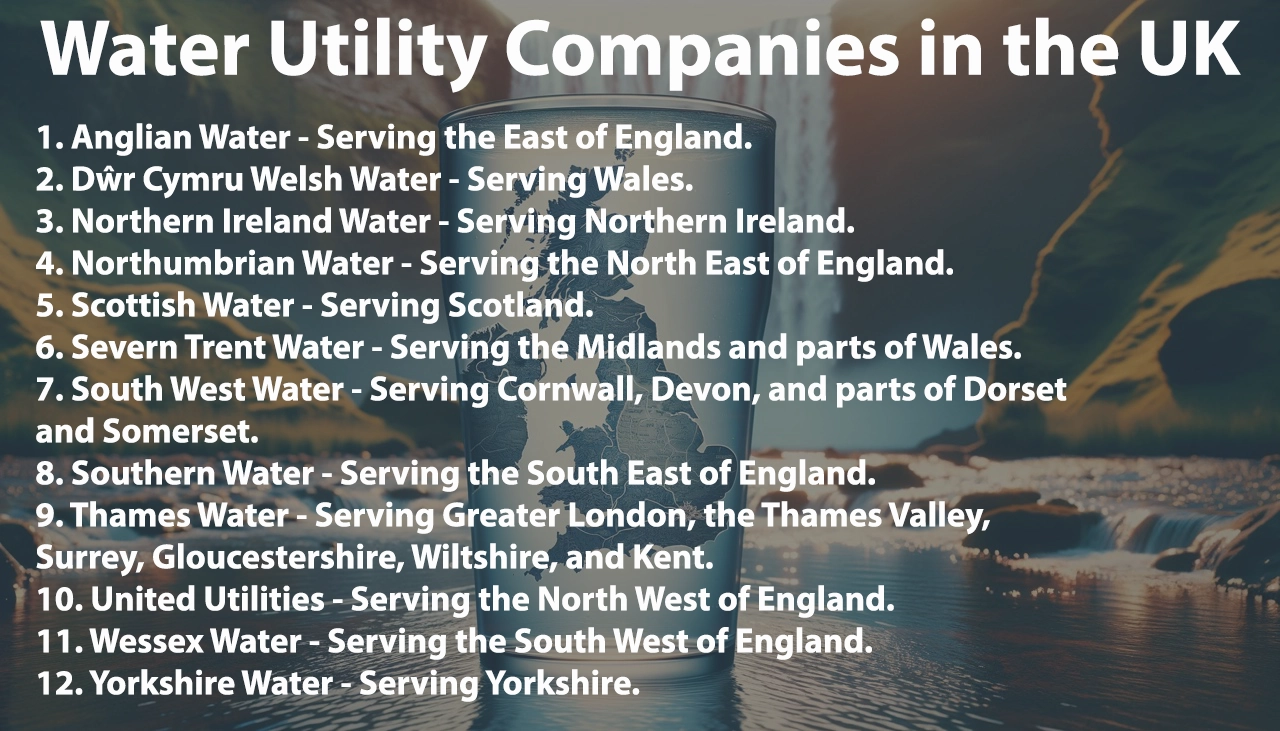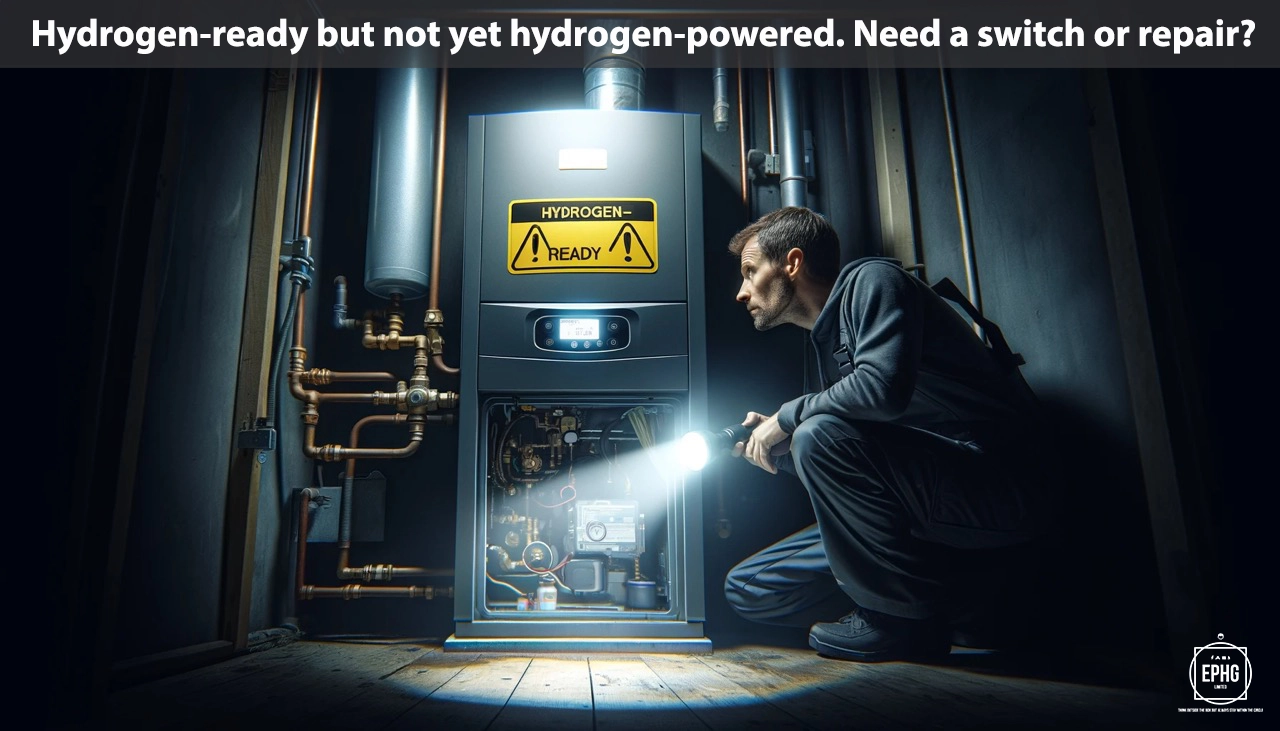
TD Postcodes for Utilities & Services
Introduction: The TD postcode area, encompassing the region around Galashiels and the Scottish Borders, offers residents a comprehensive guide to utilities and services. This section aims to detail aspects of water and electricity supply, along with other essential information for the local community.
Water in Galashiels
Where does the water supply come from in the TD postcode area and is there ever a shortage of water?
In the TD postcode area, especially around Galashiels, the primary water supply sources include the River Tweed and its tributaries, such as the River Teviot. These rivers, along with local reservoirs, are crucial for supplying the region's water needs, with treatment facilities ensuring that water complies with safety and quality standards before distribution. Despite generally reliable water supply, the area can face challenges such as variable weather conditions, agricultural demands, and increasing population, which may affect water availability. Local water companies and authorities monitor water levels and quality, implementing conservation strategies when necessary. The infrastructure is robust, designed to manage supply effectively, but residents are encouraged to use water efficiently to ensure sustainability and availability for all.
What is the hardness & quality of the water in the TD postcode area and can this affect your health?
The water in the TD postcode area typically ranges from soft to moderately hard, mainly due to the varying geological features of the region. While soft water is prevalent in some parts, areas with harder water contain higher levels of minerals like calcium and magnesium, which can lead to scale buildup in plumbing and affect soap efficiency. Despite this, the water undergoes strict testing to meet safety and quality standards, ensuring it remains safe for consumption. Hard water is generally not harmful to health and may contribute to dietary mineral intake, but some individuals may prefer the taste or effects of softer water. Local water suppliers are committed to maintaining high-quality water and addressing any resident concerns regarding water safety or hardness.
Electricity in Galashiels
Where does the electric supply come from in the TD postcode area and what is the future of energy there?
The electricity supply in the TD postcode area, particularly in Galashiels and the Scottish Borders, is primarily derived from the national grid, featuring a mix of traditional energy sources and an increasing input from renewable sources. The region is witnessing a shift towards sustainability, with wind farms and solar energy projects contributing to the local energy mix. The future of energy in the TD area is focused on enhancing the use of renewable resources, improving energy efficiency, and reducing carbon emissions in alignment with national and global environmental goals. There are ongoing investments in renewable energy infrastructure and efforts to engage communities in energy-saving initiatives to ensure a secure and sustainable energy supply.
When is hydrogen coming to gas boilers in the TD postcode area?
The implementation of hydrogen heating systems in the TD postcode area is part of a broader UK initiative aimed at reducing carbon emissions and transitioning towards greener energy sources. While there is no set date for a complete transition, the region is expected to align with national plans, adopting hydrogen heating solutions progressively as infrastructure develops. Residents should keep their current heating systems operational while staying informed on the shift towards hydrogen energy. Local services will provide guidance and updates to support residents through this transition to cleaner, more sustainable heating options.
Where Does the Wastewater Go in the TD postcode area?
In the TD postcode area, effective wastewater management is crucial to maintaining public health and protecting the environment. Wastewater from residential, commercial, and industrial sources is collected and treated at various facilities across the region. These plants use advanced processes to clean the water, removing harmful pollutants before the treated water is released back into local rivers, such as the River Tweed and the River Teviot, under strict environmental standards. The region's commitment to proper wastewater treatment reflects its dedication to preserving the natural beauty of the Scottish Borders and ensuring the health and well-being of its communities.
Regions and Services:
The TD postcode area spans diverse landscapes, from the historic burghs of the Scottish Borders to the rolling hills and river valleys. Key regions include:
- Galashiels: The central hub for utilities development in the area, featuring robust electrical and gas infrastructure and moving towards renewable energy solutions.
- Hawick, Jedburgh, and Kelso: Towns that offer a blend of historic charm and modern amenities, reflecting their unique heritages and community needs.
- Melrose, Peebles, and Duns: Smaller towns and villages where the integration of renewable energy sources with traditional utilities is gradually increasing, enhancing the local lifestyle and sustainability.

Regions within the TD Postcode
Galashiels and Surrounding Areas
- TD1: Galashiels, Clovenfords, Fountainhall - Known for its textile history, educational institutions, and countryside.
- TD2: Lauder, Stow - Small towns known for their historic buildings and community spirit.
- TD3: Gordon, Greenlaw - Villages known for their picturesque settings and local history.
- TD4: Earlston - A town celebrated for its annual festival and local amenities.
- TD5: Kelso - Noted for its abbey ruins, market square, and country estates.
- TD6: Melrose - Famous for its historic abbey, rugby sevens, and scenic beauty.
- TD7: Selkirk - Known for its historical significance, textile industry, and cultural heritage.
- TD8: Jedburgh - Historic town famous for its abbey, castle jail, and Mary Queen of Scots' house.
- TD9: Hawick - Largest town in the Borders, known for its textile industry, horse riding festivals, and rugby culture.
Wider Borders and Northumberland Regions
- TD10: Duns - Known for its historical connections, annual events, and countryside.
- TD11: Chirnside, Coldstream - Villages with rich histories, close to the England-Scotland border.
- TD12: Cornhill-on-Tweed, Mindrum - Rural areas known for their landscapes and cross-border history.
- TD13: Cockburnspath, Coldingham - Coastal villages known for their scenic views and historical sites.
- TD14: Eyemouth - A coastal town famous for its fishing heritage and marine life.
- TD15: Berwick-upon-Tweed, Tweedmouth, Spittal - Border town and surroundings, known for their historical significance and natural beauty.




